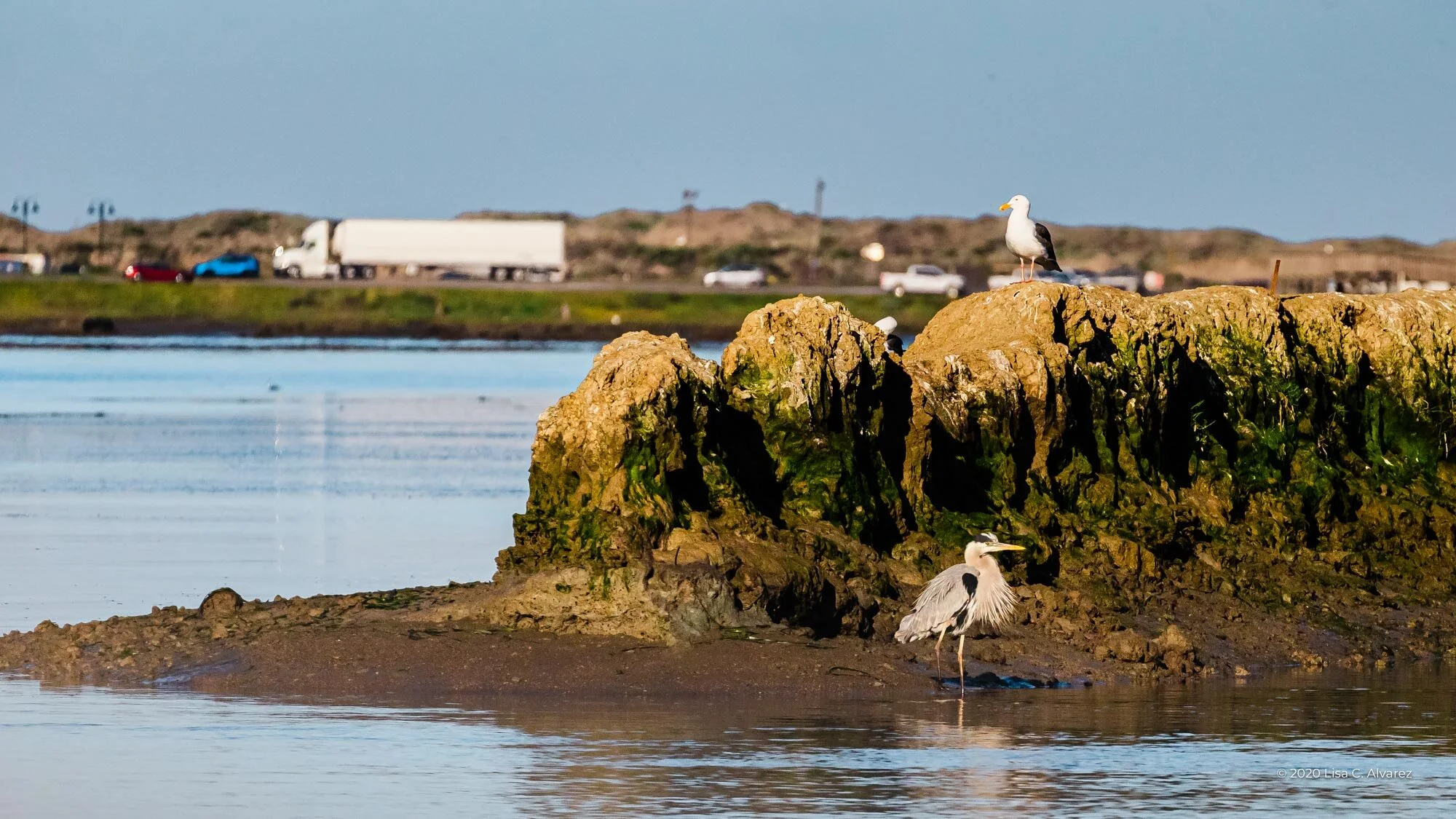
percent: average decline in monitored populations of world’s animals between 1970 and 2016.
percent: decline in monitored populations of animals in the Caribbean & Latin America between 1970 and 2016.
percent: decline in monitored populations of world freshwater species between 1970 and 2016.
billion reasons to care: the estimated number of people on Earth.
These numbers are from the World Wildlife Fund’s Living Planet Report 2020, which tracks the abundance of almost 21,000 mammals, birds, fish, reptiles, and amphibians around the world. You can download the Report and its Summary by clicking here and scrolling down to the middle of the page where it says “Download full report” and “Download summary.”

Conservation Photography: Can Photos Move People to Protect the Environment?
What is conservation photography anyway?
At its core, conservation photography is nature photography with a mission. In other types of photography, the end goal is to create an image. In contrast, conservation photography begins with the creation of an image. Its overall objective is to benefit the environment and the wildlife that inhabit it.
In conservation photography, what the photographer does with the shot after its creation is what matters. Whether it’s educating people, motivating them to change their behavior, or demonstrating a need for a new law or policy, the ultimate purpose is the same: Spread awareness, ignite debate and trigger positive change for the natural world.




